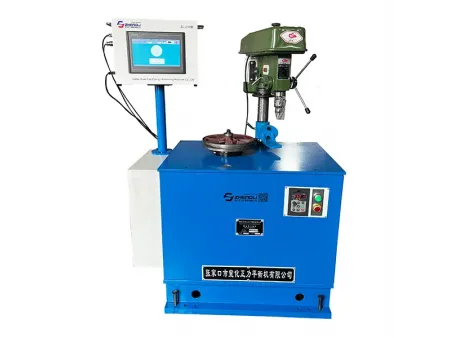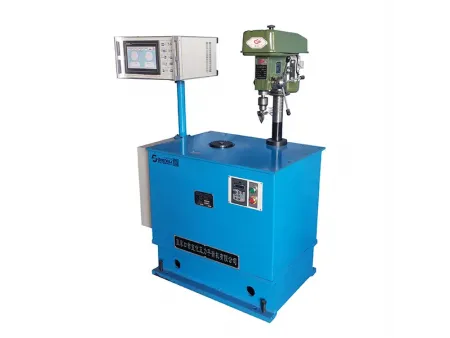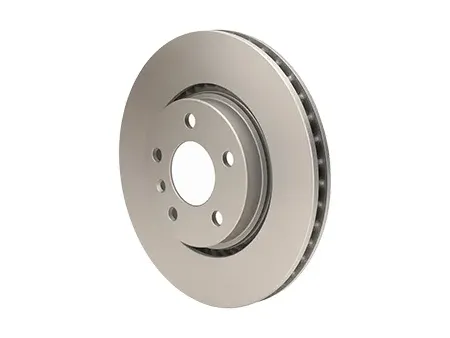Vertical Balancing Machine
YLD-50
Hard-bearing balancing machine for workpiece with diameter of up to 500mm and weight of 3-50kg
Available in three configurations, these vertical hard-bearing machines adapt to different balancing requirements. The standard version is generally used for basic unbalance calibrating tasks, the A type includes a bench drill for material removal, and the B type combines a bench drill with a dust collection system, which is suitable for production lines that need both efficiency and cleanliness. Thanks to the integrated electromechanical structure, rotation, measurement, and braking are carried out in a single cycle, making the balancing process simple, efficient, and reliable. During use, the workpiece is mounted, the cycle begins with a single command, measurements are taken as it rotates, and the system stops automatically to deliver accurate results.
Widely applied in automotive and machinery workshops, to handle the balancing of common disc components, including clutches, flywheels, pulleys, gears, and brake discs.
- Clutches balancing
- Flywheels balancing
- Gears balancing
- Brake disc balancing
- Pulley balancing
| Workpiece weight | 3-50kg |
| Max. workpiece diameter (with safety guard) | Ø500mm |
| Max. workpiece thickness (with safety guard) | 120mm |
| Max. initial unbalance of workpiece | < 1000g.cm |
| Couple unbalance interference ratio | ≤1/2000 |
| Balancing speed | 800r/min |
| Min. achievable residual unbalance (eMar) | 1g.mm/kg |
| Unbalance reduction ratio (URR) | ≥90% |
- Equipped with either an embedded measuring system or an industrial PC system. Operators only need to enter basic parameters of the correction planes before starting, and the system displays the size and phase of unbalance once the rotor begins to spin.
- A computer-based display system provides results in both numeric and polar coordinates, along with functions such as tolerance evaluation and balancing speed display.
- Uses proximity sensors for reference signals and piezoelectric sensors for vibration signals, improving reliability compared to older sensors that were prone to weak signals, interference, or frequent faults.
- The measuring and control system is built as a single unit, ensuring high overall accuracy and stable operation.




